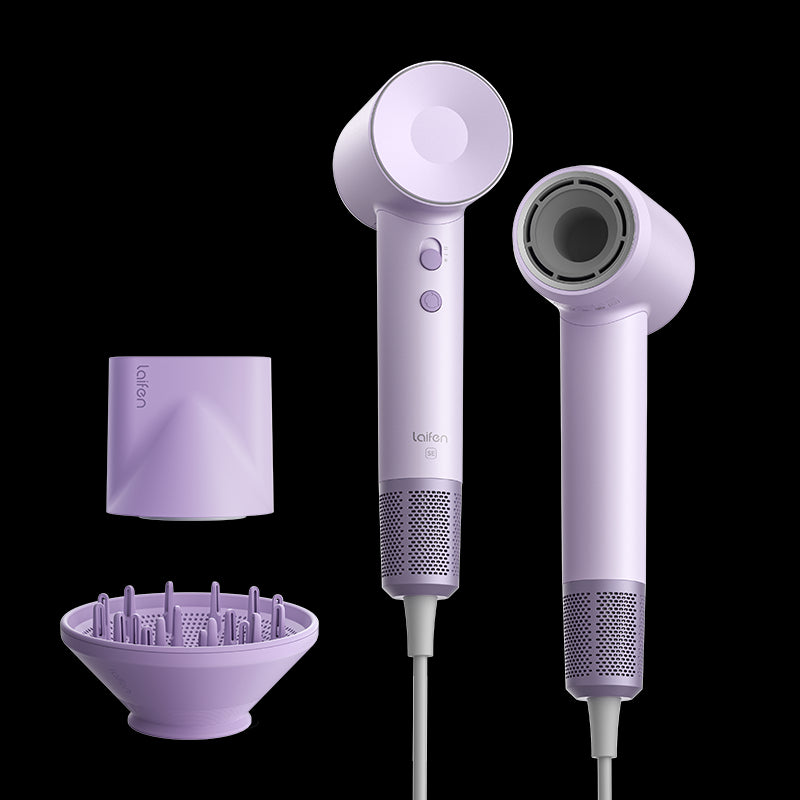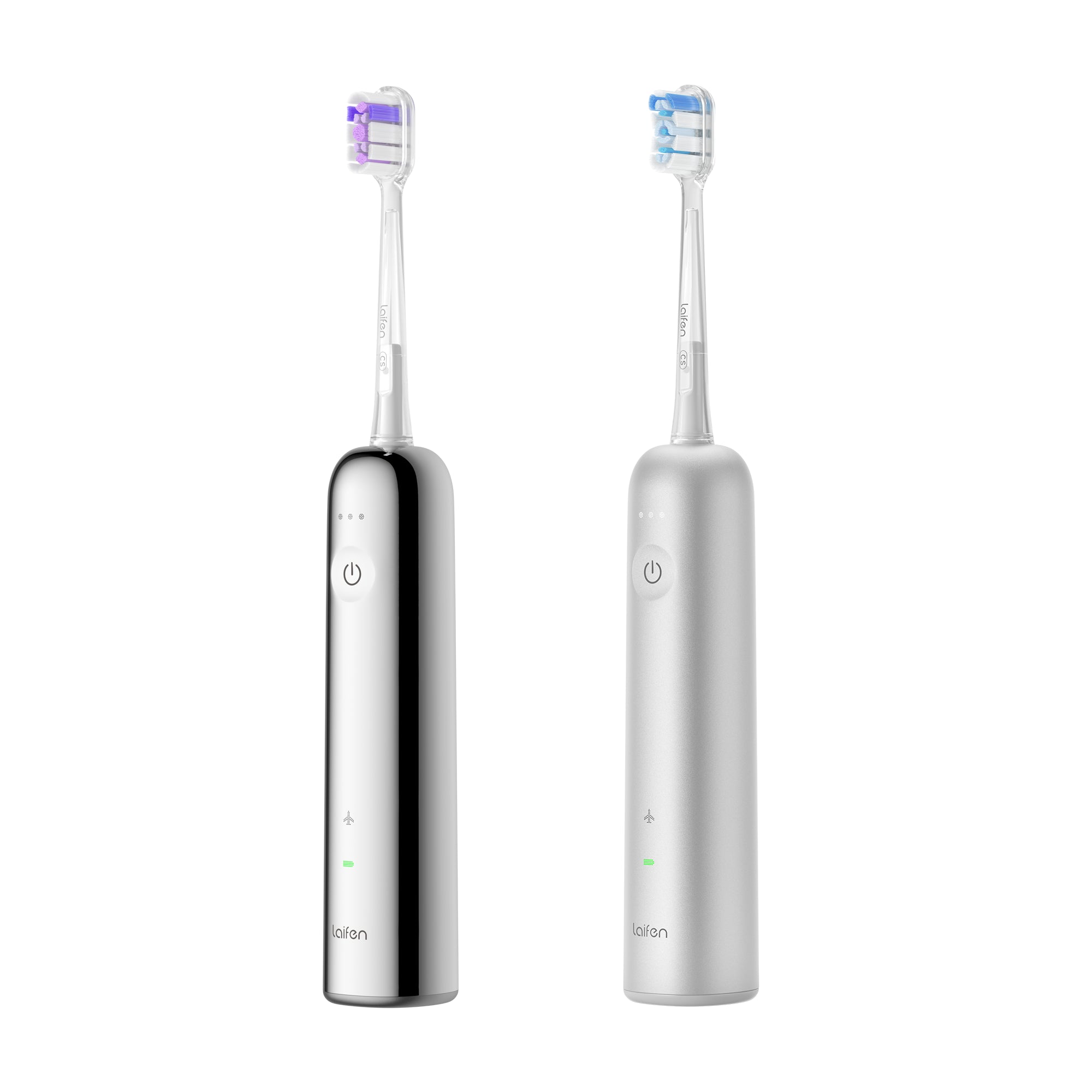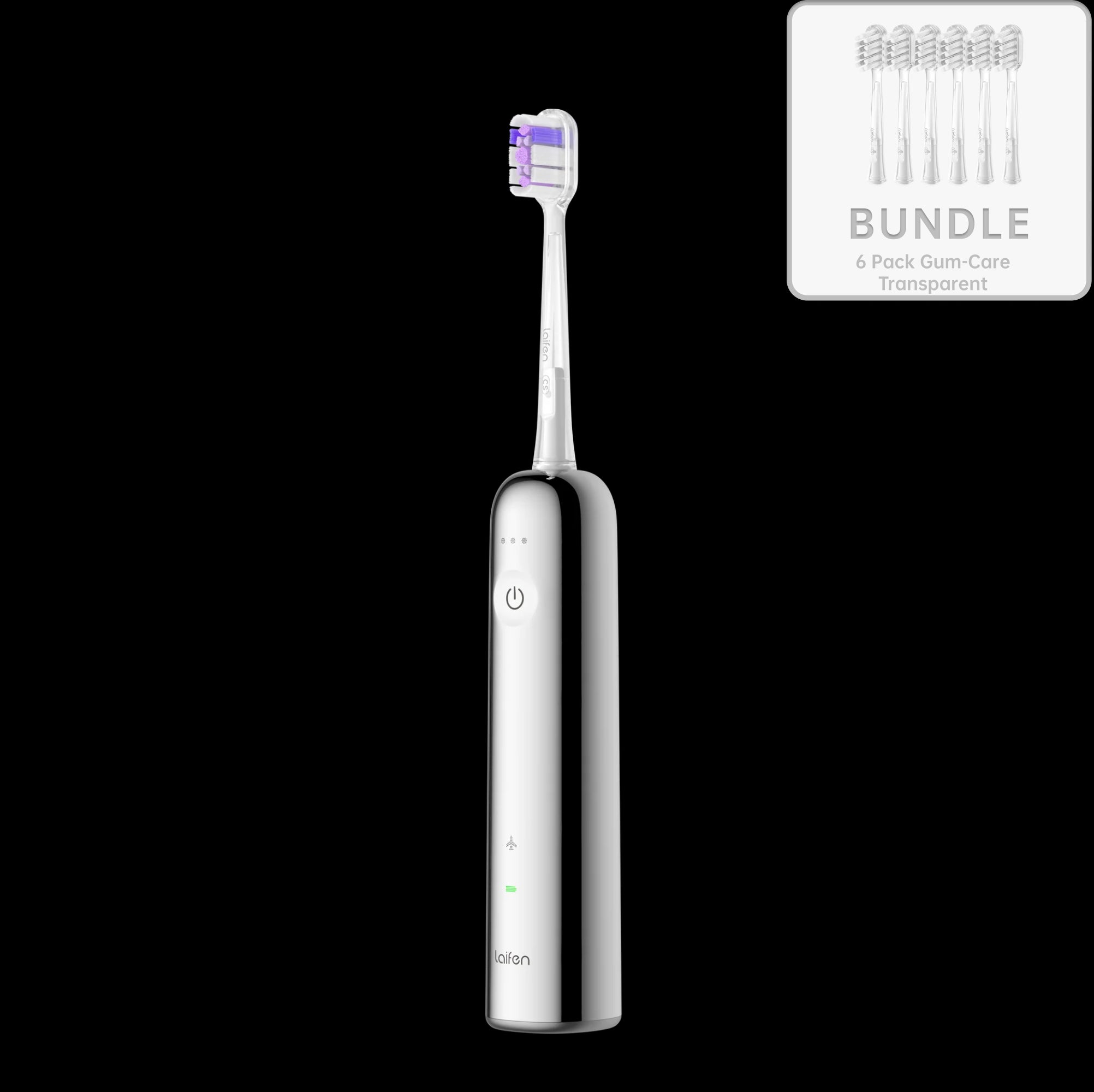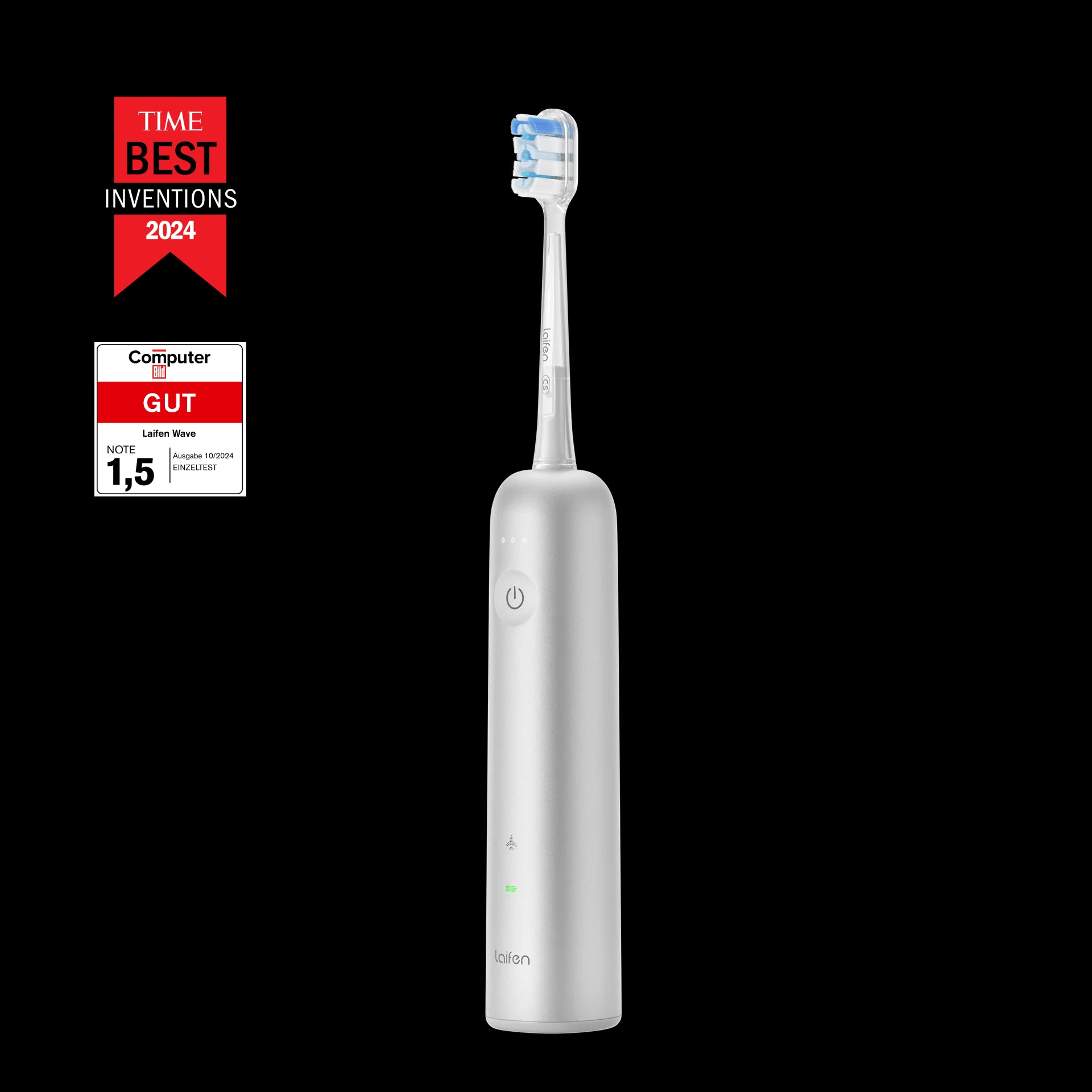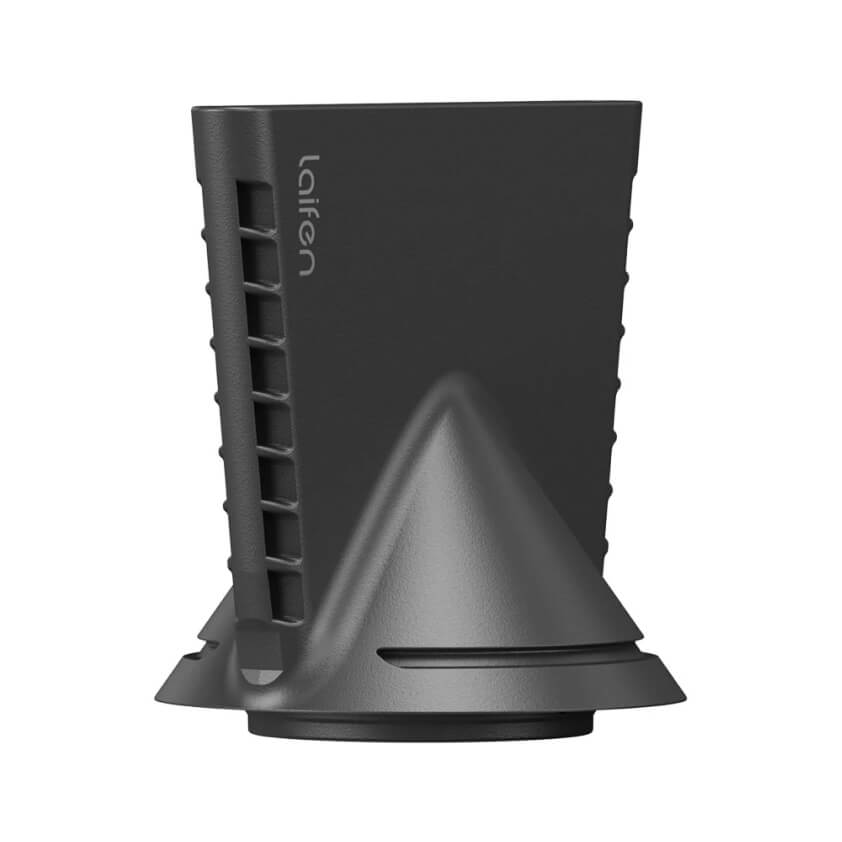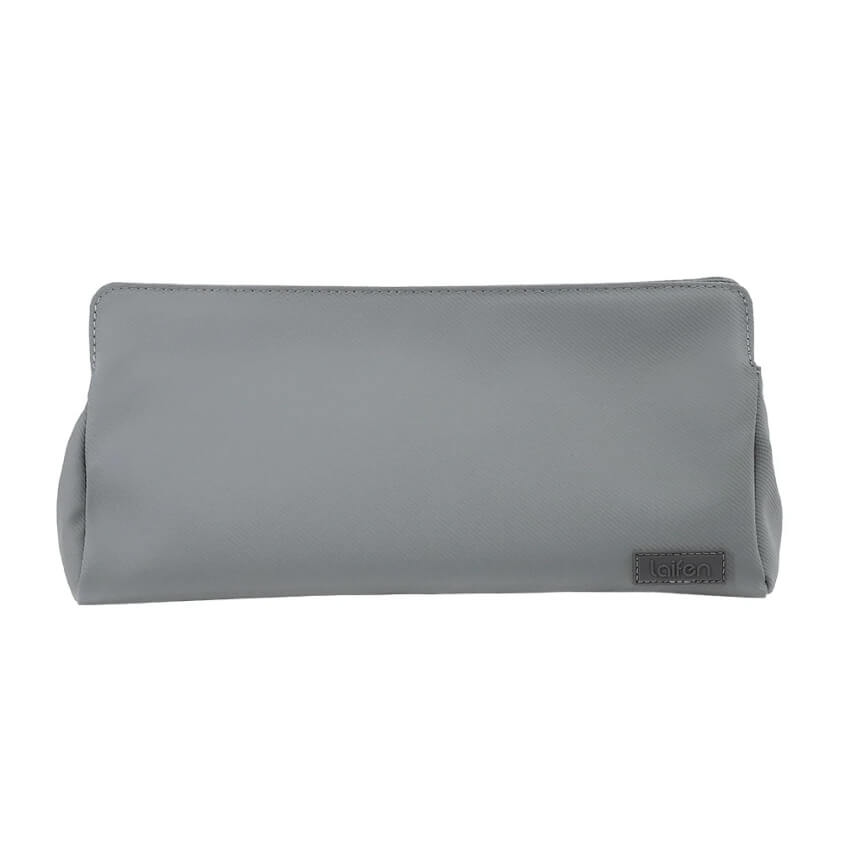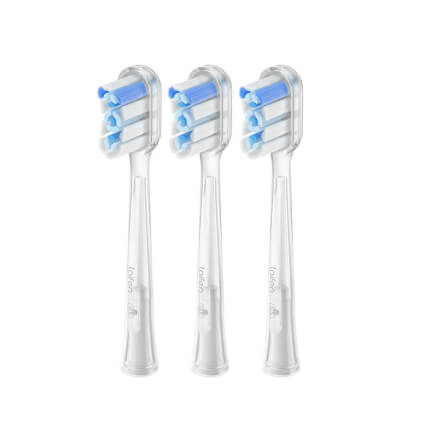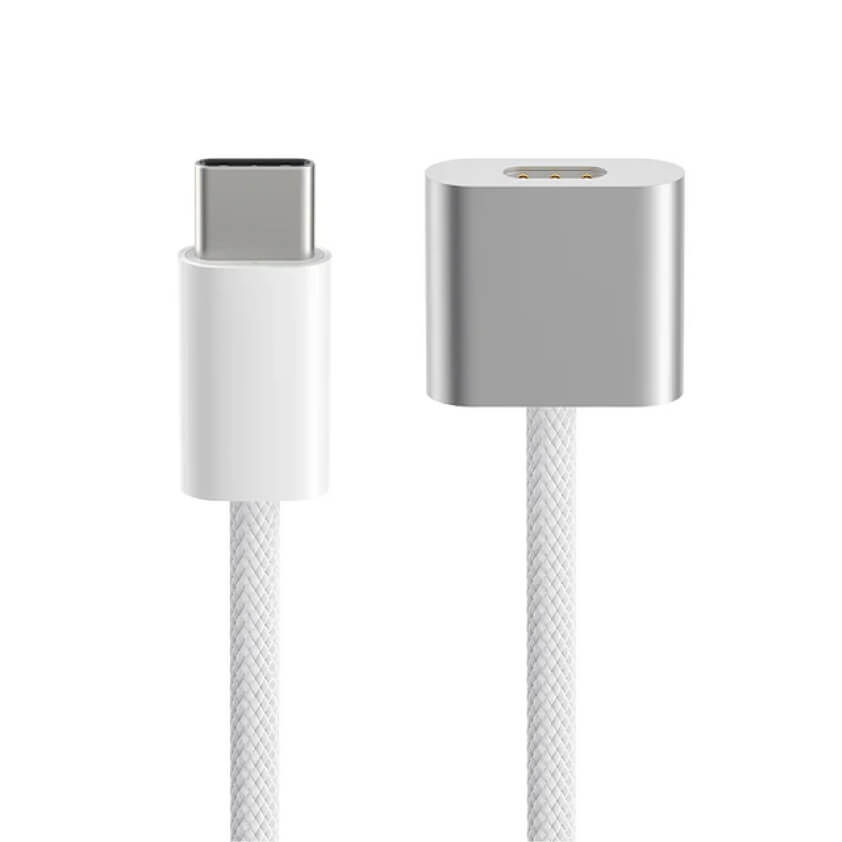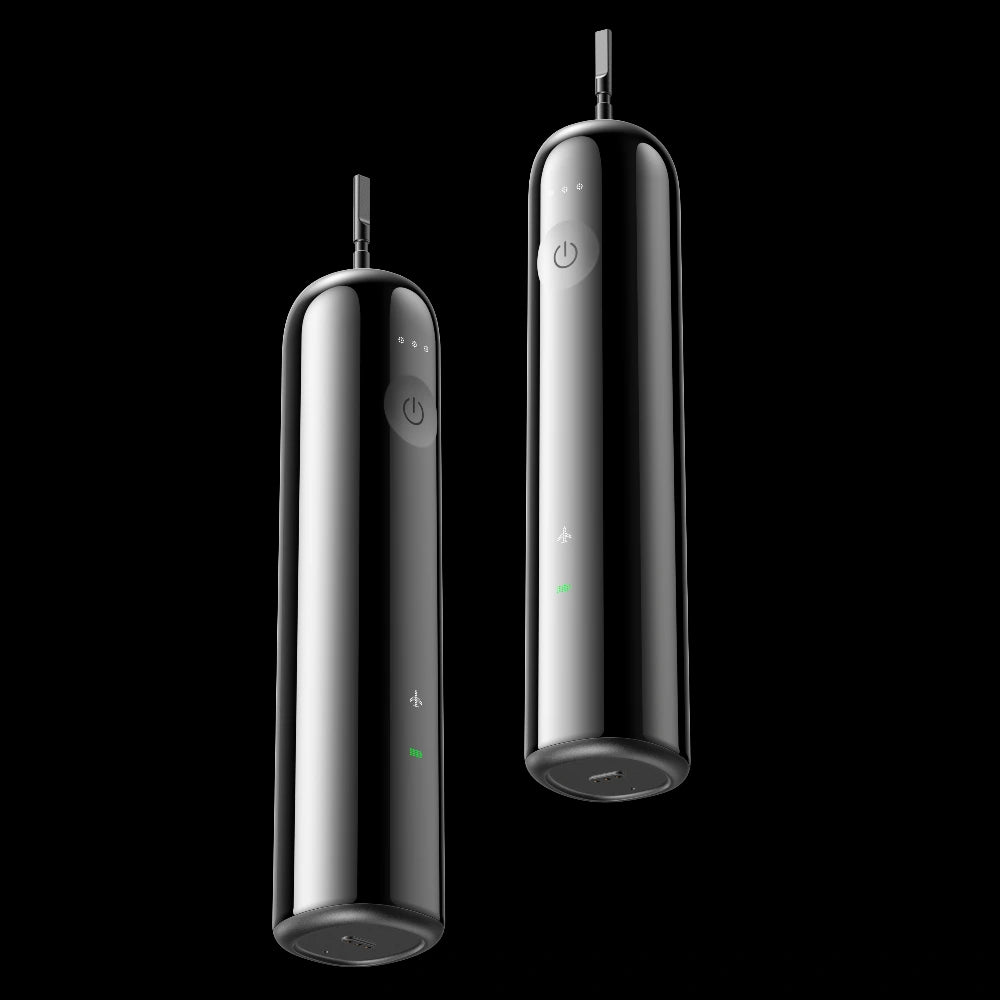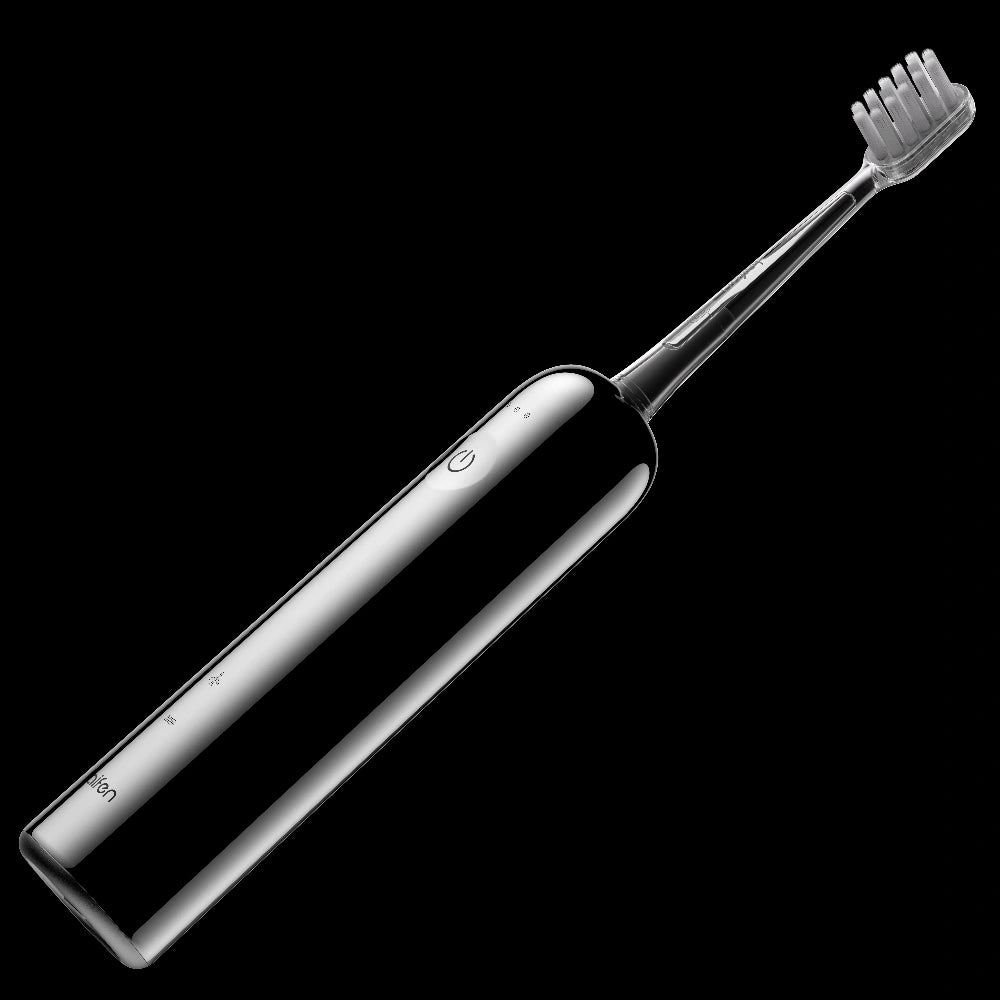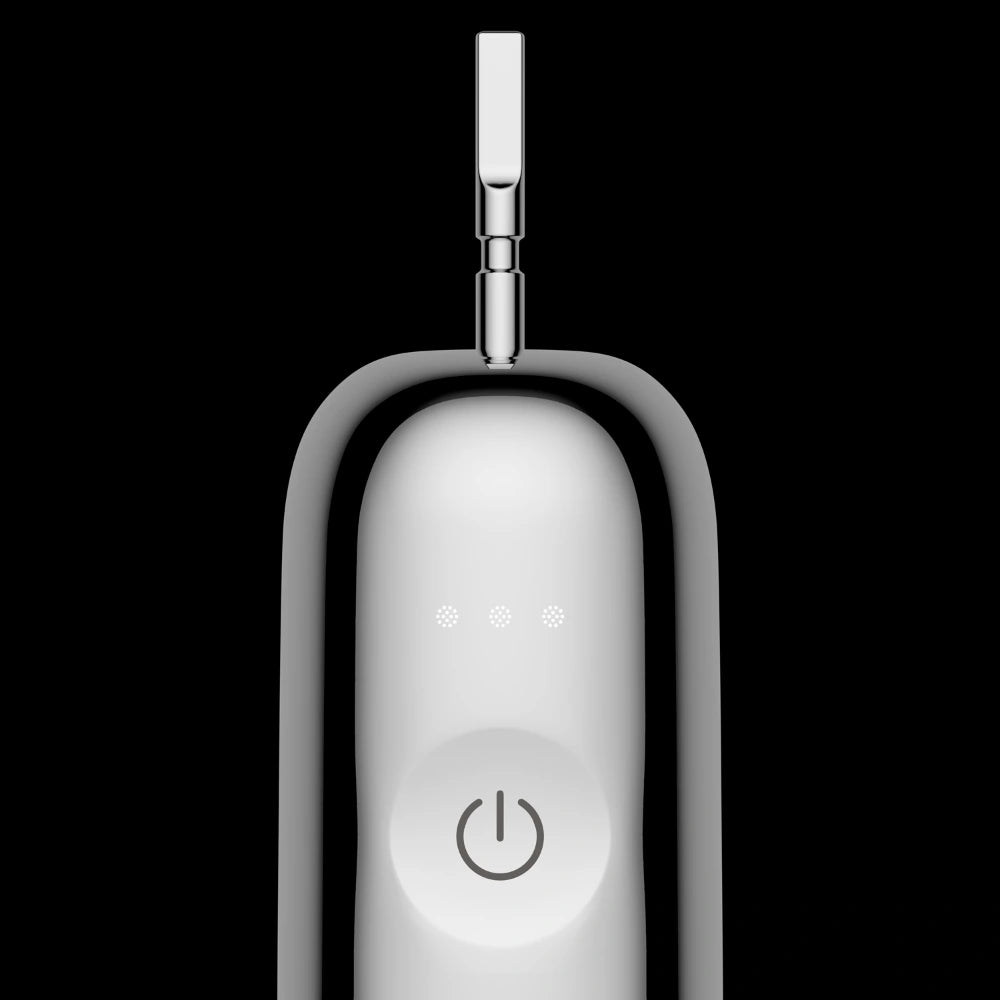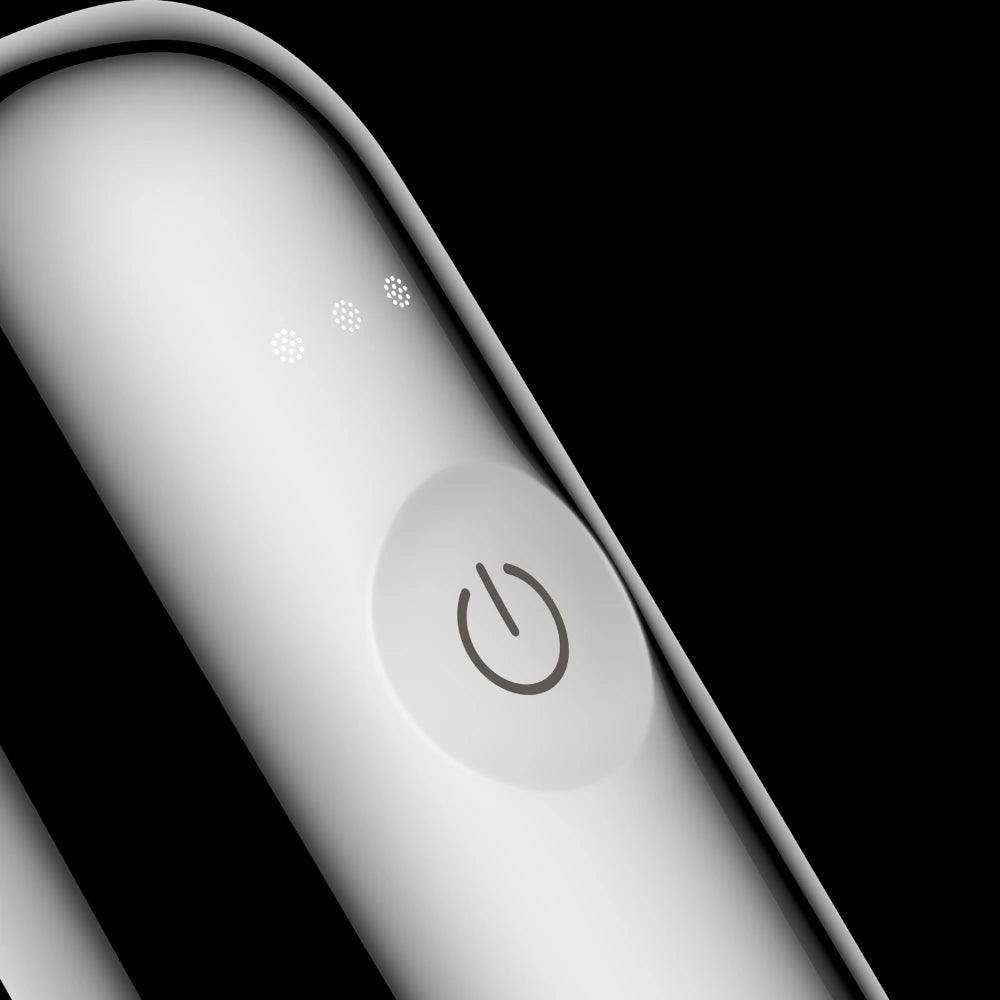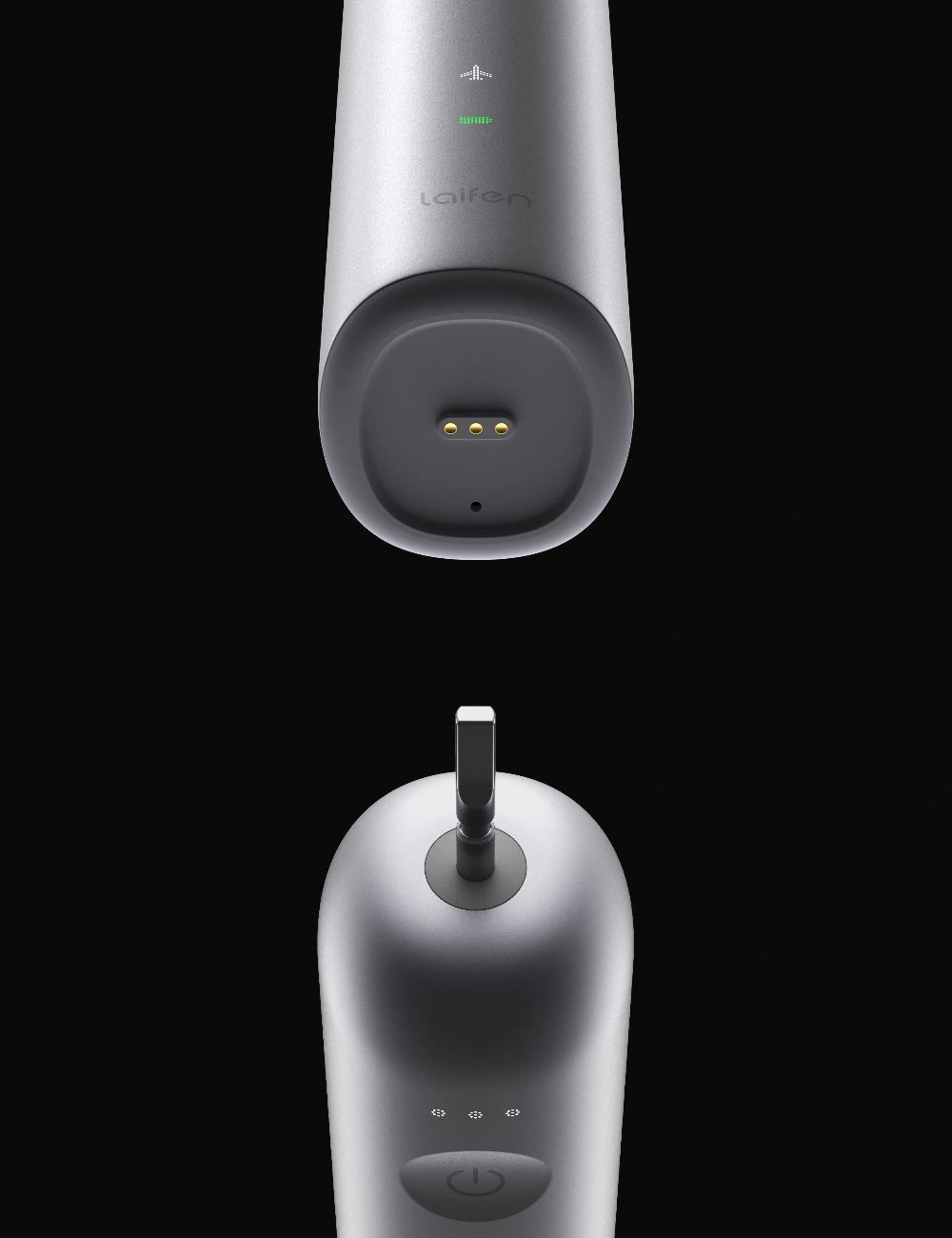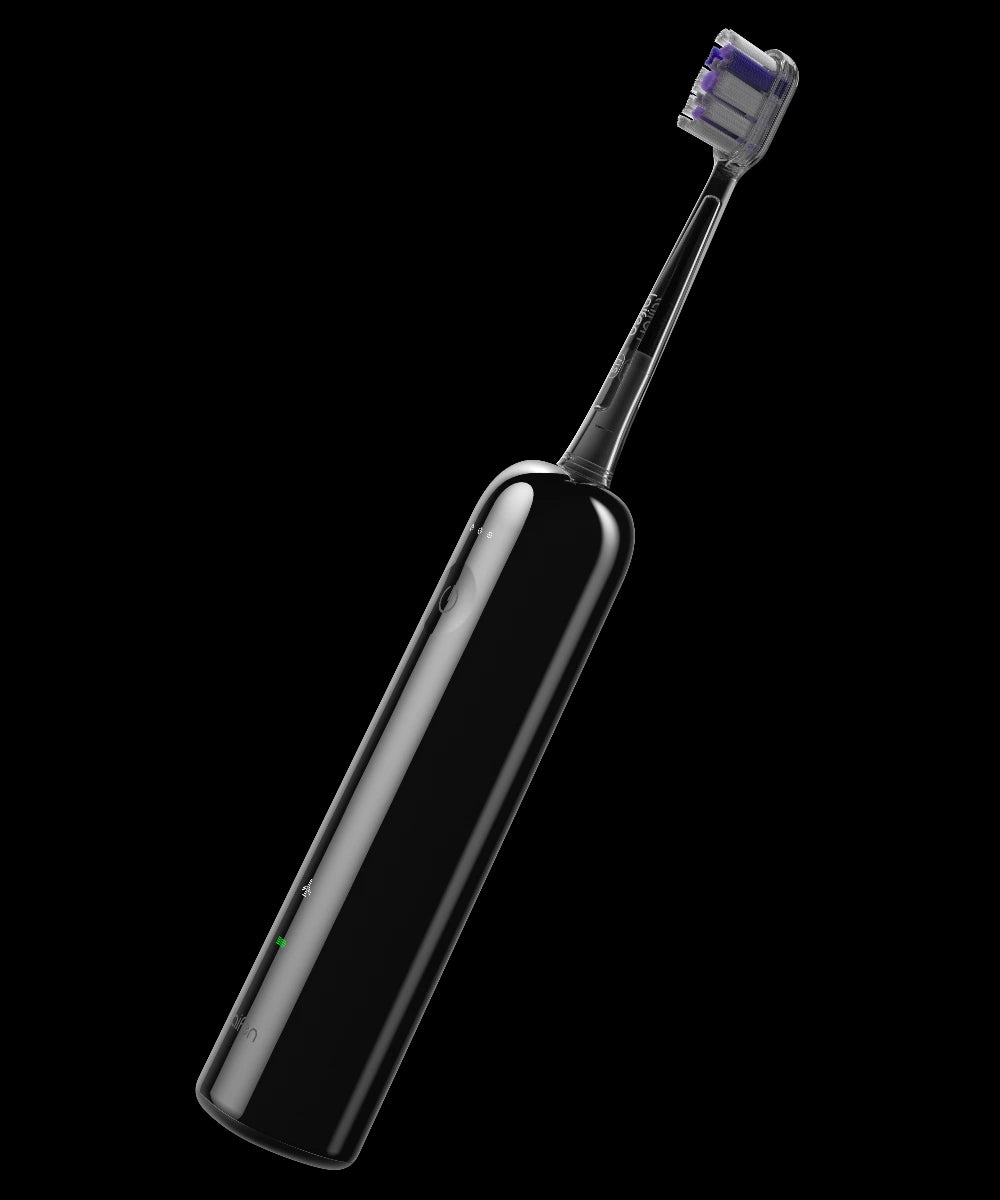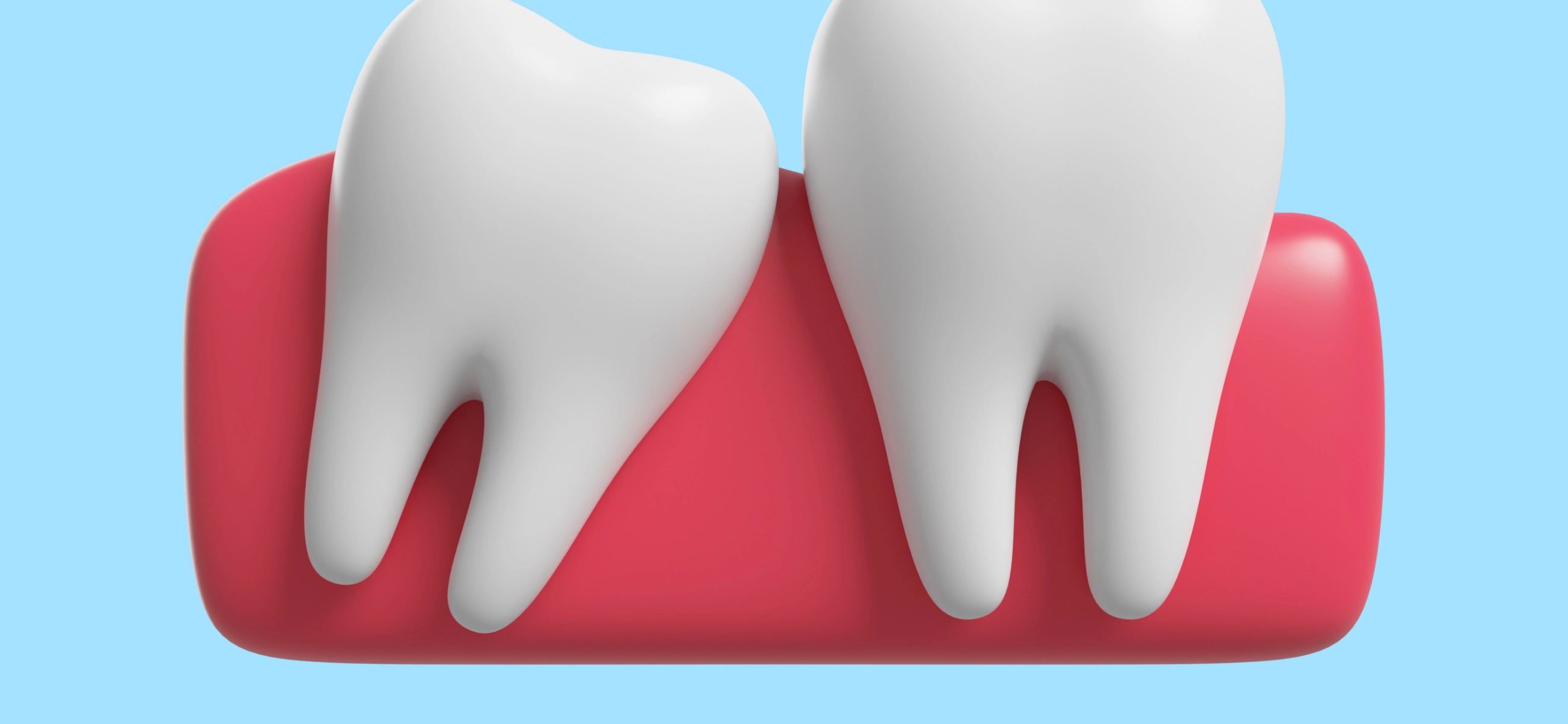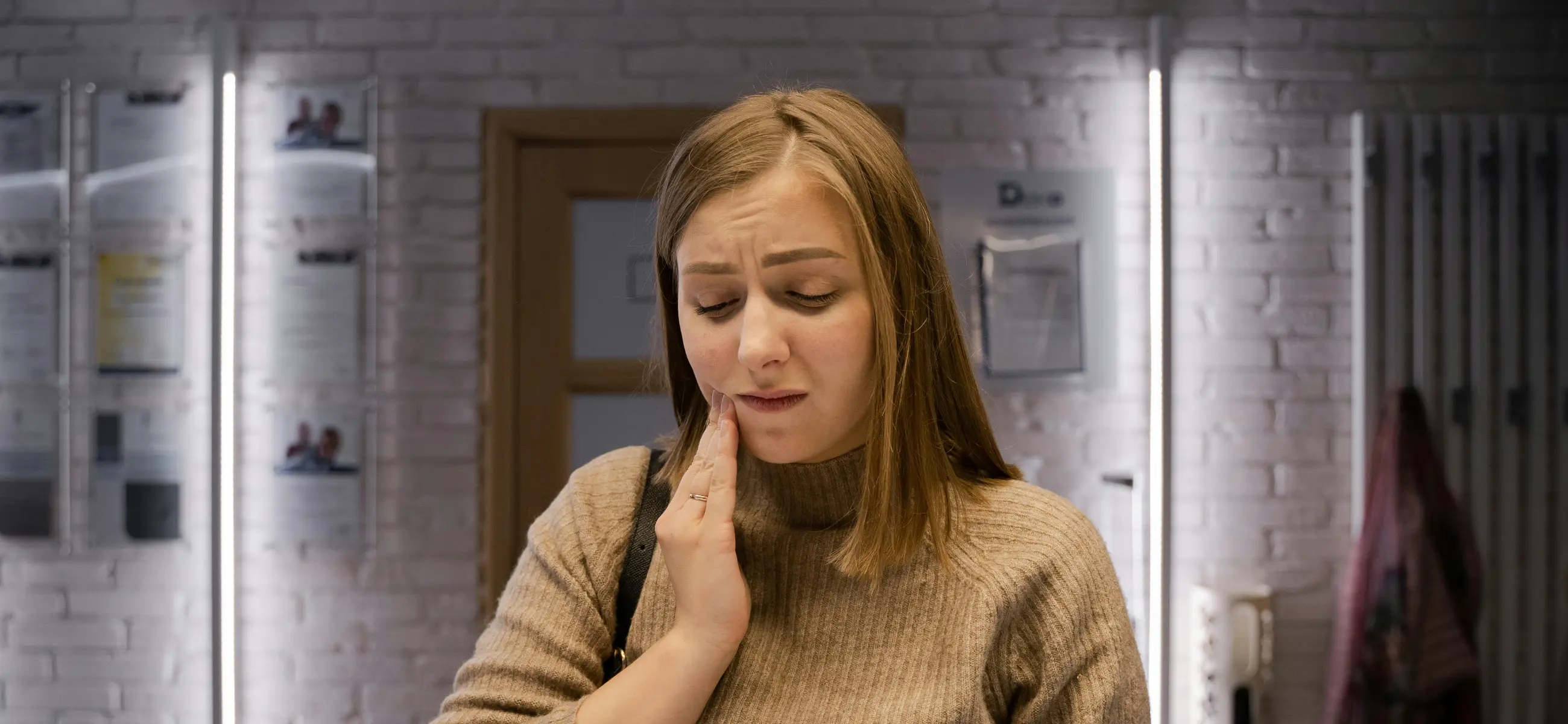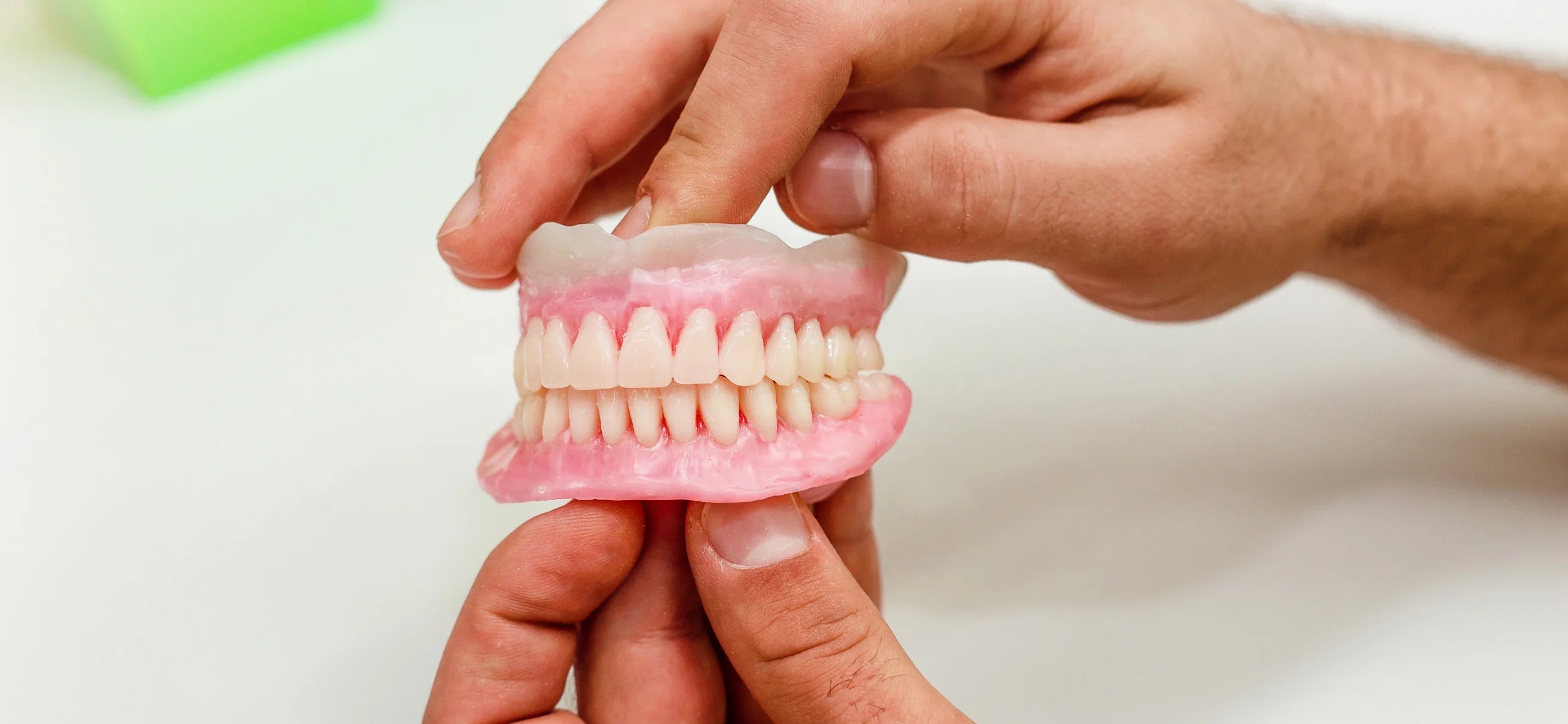
In this article
Dental plaque is something that everyone experiences from time to time. It is a coating caused by sugary foods that covers your teeth. If untreated, plaque can become tartar, which can cause various issues for your teeth and gums.
Here, we explain what dental plaque is, how you can prevent it, and how to remove plaque like an experienced. We also answer some frequently asked questions that will give you a deeper understanding of what plaque is and why it occurs.
What is tooth plaque?
Dental plaque is a film that covers your teeth. It is made from saliva, bacteria, and food particles that have mixed in your mouth. Everyone has plaque, and it is most notable after meals.
Plaque in itself isn't problematic, but you do need to remove it. When left, plaque hardens and becomes tartar, which can lead to tooth decay, cavities, and gum issues.
You can usually feel plaque buildup with your tongue. It presents itself as a slightly sticky or even fuzzy film over your teeth. To remove it, you need to regularly brush your teeth and use an antibacterial mouthwash for the best results. You can't see plaque, as it's colorless, so looking in a mirror won't help you notice it.
What causes tooth plaque buildup?
Simply, plaque is caused by food. When you eat, saliva in your mouth combines with bacteria and food particles, which results in a thin film over your teeth, known as plaque.
Sugary and starchy foods like bread, pasta, and fruit tend to contribute more to plaque than other foods, so limiting your intake of these foods is important.
Foods that are high in sugar also release acids, which can be problematic. These acids can lead to tooth decay and the formation of cavities in your teeth. They can also contribute to the onset of gum disease.
How to remove tooth plaque at home?
The good news is that removing dental plaque is easy. Get into the habit of brushing your teeth thoroughly after meals using an oscillating electric toothbrush like the Laifen Wave.
An electric toothbrush is more effective at plaque removal than a manual brush, so it's your best way of keeping on top of plaque before it becomes an issue.
As plaque consists of bacteria, using an antibacterial mouthwash after meals will also help. Rinse your mouth for 20-30 seconds after every meal, and you will notice a big difference.
How to prevent plaque from reoccurring?
Given that we all enjoy sugar from time to time, it's difficult to eliminate plaque altogether. But there are some things you can do to try and prevent the buildup of plaque on your teeth and gums, including.
Change your diet
Plaque is primarily caused by starchy and sugary foods. So, eliminating or reducing these foods is the best way of preventing plaque. Switching white pasta to wholemeal alternatives is a good option, and reducing the amount of soda and alcohol you drink can make a big difference.
Invest in an electric toothbrush
The Laifen Wave electric toothbrush simultaneously oscillates and vibrates, which is your best defense against plaque. Electric brushes are a much better option than manual brushes, and if you follow the dentist-approved bass technique, you should be able to keep on top of plaque in your mouth.
Chew sugarless gum
If you eat lunch away from home and don't have access to a toothbrush and toothpaste, chewing sugarless gum is a fine alternative and can help to remove plaque from your teeth.
Floss and use mouthwash
Flossing helps to remove plaque from between your teeth and is important in reducing gum disease. You should also use an antibacterial mouthwash at least twice a day, and ideally after eating each meal.
Visit your dentist regularly
Scheduling regular visits to your dentist can also help with plaque management. When your dentist performs an oral examination, they can advise on ways to prevent plaque. They can also identify and remove tartar before it becomes a problem. We recommend visiting your dentist 1-2 times per year.
When should you see a dentist?
In addition to your regular dental checkups, you should book a consultation with your dentist if you notice that the plaque has hardened on your teeth.
If this occurs, the plaque will become tartar, and you cannot remove it at home. Your dentist will need to use a special tool to remove the tartar without damaging your enamel before performing a deep clean of your teeth.
Conclusion
Dental plaque is common, and in itself, it's nothing to worry about, provided that you regularly brush your teeth, floss, and use an antibacterial mouthwash. But if you leave plaque untreated, it will eventually harden to become tartar, which can present you with various issues and increase your susceptibility to various dental issues like tooth decay and cavities.
Use our tips above to treat and prevent plaque and seek answers to our FAQs below for more information.
FAQs
Q1: What is severe tooth plaque called?
Severe plaque is called tartar. It occurs when you leave plaque untreated and is its hardened state. If this happens, you will need to visit the dentist to remove the tartar.
Q2: Is tooth plaque the same as artery plaque?
No. Artery plaque is a build-up of fat, cholesterol, and calcium in the arterial wall and can result in a heart attack. Tooth plaque occurs in your mouth and is a coating of bacteria and food debris on your teeth.
Q3: What does tooth plaque look like?
Tooth plaque is colorless, so you can't see it. However, you can feel it. If you run your tongue over your teeth, you may notice a sticky or fuzzy sensation, which is an indication that plaque is coating your teeth.


